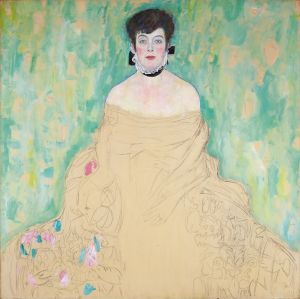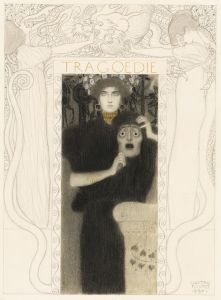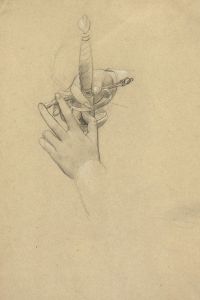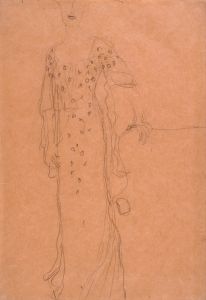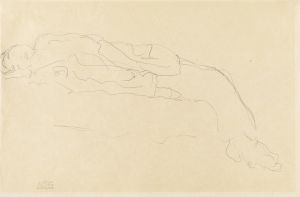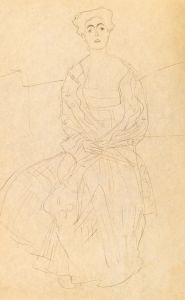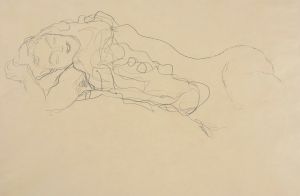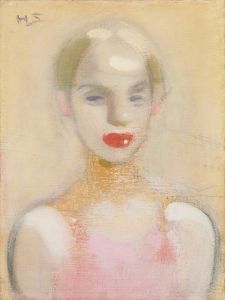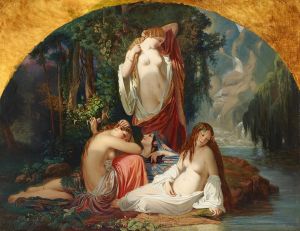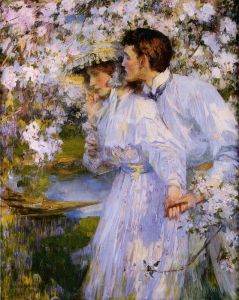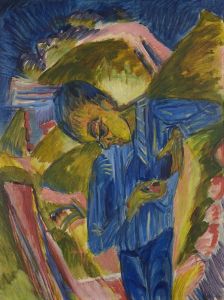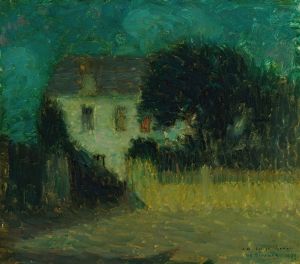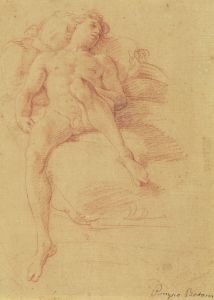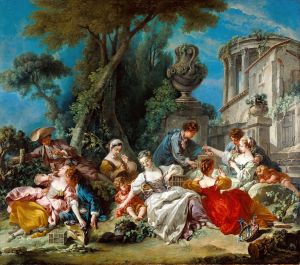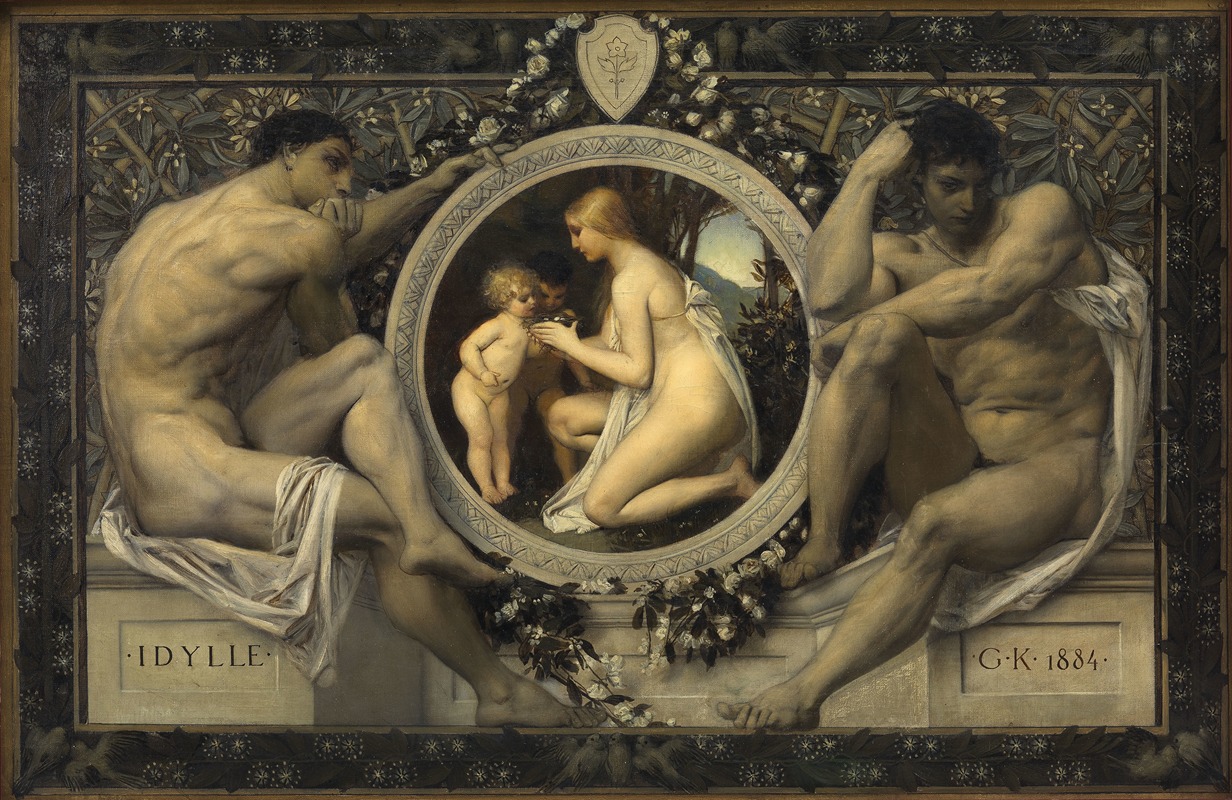
Idylle
A hand-painted replica of Gustav Klimt’s masterpiece Idylle, meticulously crafted by professional artists to capture the true essence of the original. Each piece is created with museum-quality canvas and rare mineral pigments, carefully painted by experienced artists with delicate brushstrokes and rich, layered colors to perfectly recreate the texture of the original artwork. Unlike machine-printed reproductions, this hand-painted version brings the painting to life, infused with the artist’s emotions and skill in every stroke. Whether for personal collection or home decoration, it instantly elevates the artistic atmosphere of any space.
Gustav Klimt, an Austrian symbolist painter, is renowned for his distinctive style and contribution to the Art Nouveau movement. One of his lesser-known works, "Idylle," exemplifies his early exploration of themes and techniques that would later define his more famous pieces. Painted in 1884, "Idylle" is a significant work from Klimt's early career, a period during which he was primarily focused on academic and historical subjects.
"Idylle" is an oil painting that reflects Klimt's academic training and his initial adherence to the traditional styles of the time. The painting showcases a pastoral scene, which is a common subject in art history, often used to depict an idealized version of rural life. This theme aligns with the title "Idylle," which suggests a peaceful and picturesque scene. The work is characterized by its detailed representation and harmonious composition, elements that were highly valued in academic art.
During the time "Idylle" was created, Klimt was part of the Künstler-Compagnie (Artists' Company), a group he formed with his brother Ernst Klimt and fellow artist Franz Matsch. This collective was known for its decorative work and murals, and it played a crucial role in Klimt's development as an artist. The influence of this collaboration is evident in "Idylle," as the painting demonstrates a meticulous attention to detail and a balanced use of color and form.
While "Idylle" does not exhibit the gold leaf and intricate patterns that would later become synonymous with Klimt's style, it does provide insight into his evolving artistic vision. The painting's serene subject matter and execution reflect the influence of the academic art traditions that Klimt was initially trained in, yet it also hints at his burgeoning interest in more symbolic and expressive forms of art.
"Idylle" is part of a broader body of work that illustrates Klimt's transition from traditional to more avant-garde approaches. This evolution is significant in understanding Klimt's contribution to the Vienna Secession, a movement he co-founded in 1897, which sought to break away from the conservative art establishment and promote more innovative and diverse artistic expressions.
Although "Idylle" may not be as widely recognized as Klimt's later masterpieces like "The Kiss" or "Portrait of Adele Bloch-Bauer I," it remains an important piece for those studying his artistic journey. It captures a moment in Klimt's career where he was still rooted in the conventions of his time but beginning to explore the themes and styles that would eventually define his legacy.
In summary, "Idylle" by Gustav Klimt is a testament to the artist's early skill and the foundational experiences that shaped his later work. It offers a glimpse into the formative years of one of the most influential artists of the late 19th and early 20th centuries, highlighting the transition from traditional academic art to the innovative and symbolic style that Klimt is celebrated for today.





